The world’s fastest bird, the Peregrine Falcon, continues to astound us with its remarkable speed and aerial agility. Recently, a breathtaking photograph captured the essence of its prowess, showing the Falcon in a high-speed dive that draws an uncanny comparison to the sleek and stealthy B-2 bomber. This visual parallel between one of nature’s most skilled predators and an engineering marvel highlights the shared aerodynamic principles that make both so efficient in their respective realms.
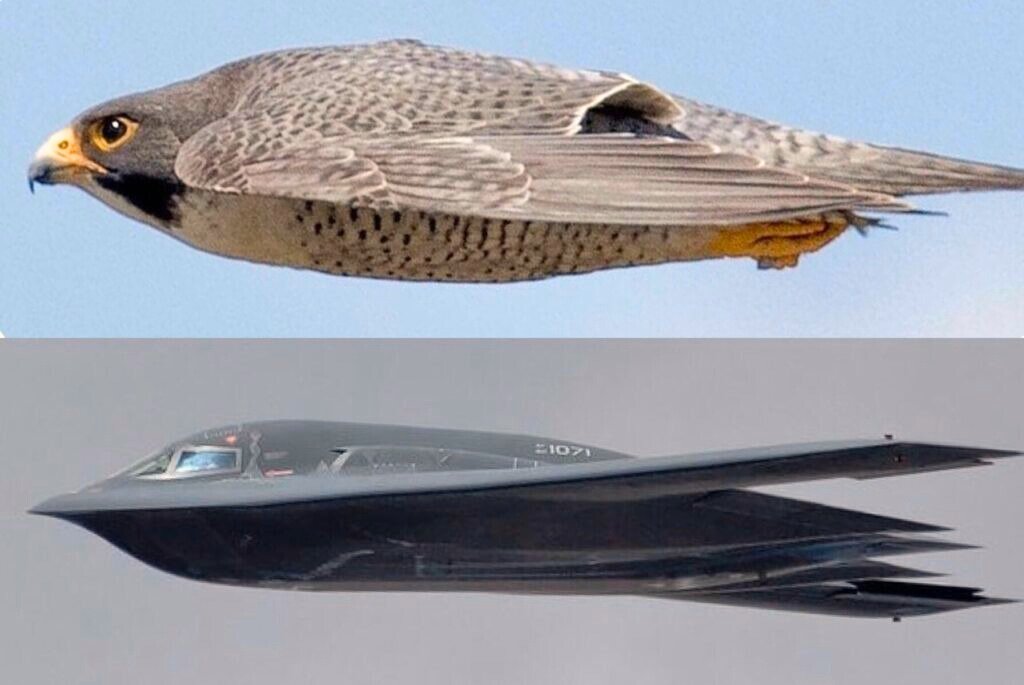
A Natural Marvel: The Peregrine Falcon
The Peregrine Falcon is renowned for its astonishing hunting dives, during which it can achieve speeds of over 300 miles per hour (482 KMPH), earning it the distinction of being the fastest bird on the planet. In pursuit of prey, the falcon enters a controlled dive known as a stoop, folding its wings back and streamlining its body to reduce drag and increase speed. This level of aerodynamic refinement allows the bird to hunt with lethal precision, striking its prey mid-air with a force that rarely fails to secure a meal.
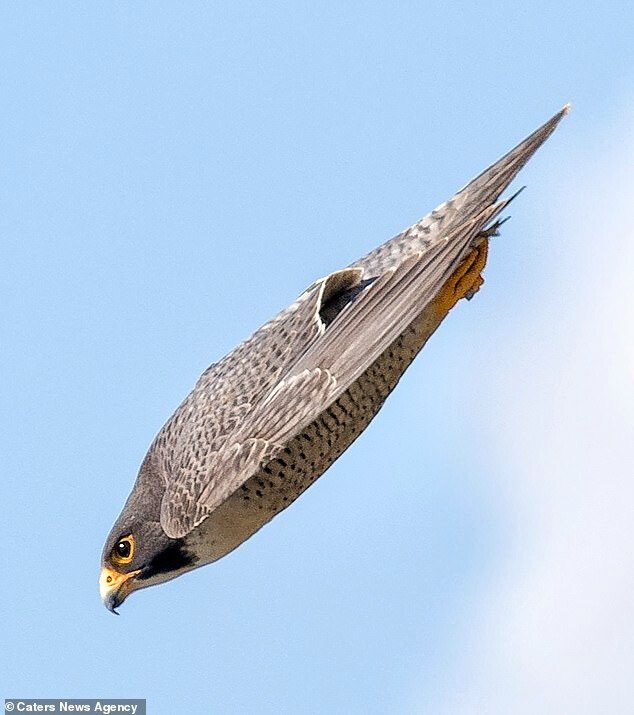
The falcon’s body is built for speed: its pointed wings, slender profile, and powerful muscles contribute to its unmatched velocity and agility. The bird’s feathers are designed to minimize air resistance, while its strong heart and lungs provide the endurance needed for long-distance travel and high-speed chases. This biological design, honed through millions of years of evolution, inspires modern engineering, particularly aerodynamics.
A Striking Resemblance to the B-2 Bomber
What makes the photograph of the diving peregrine falcon so remarkable is how it mirrors the shape and stealth of the B-2 Spirit bomber. The B-2, with its unique flying wing design, is one of the most recognizable aircraft in the world. Built for stealth, it has a smooth, flat surface that minimizes radar detection while maintaining high speed and maneuverability. Its angular form and sweeping wings are engineered to reduce drag and optimize flight efficiency—principles are surprisingly similar to those seen in the peregrine falcon’s natural design.
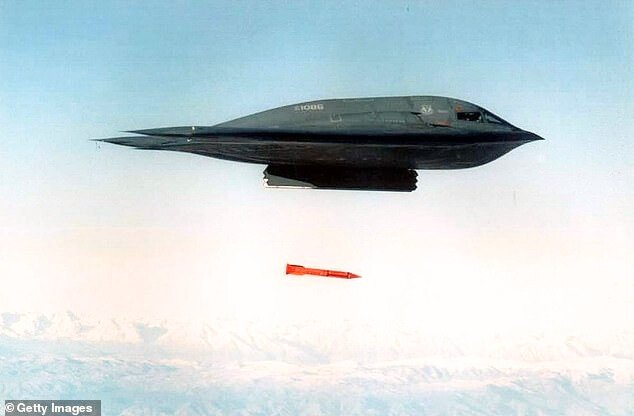
Both the B-2 bomber and the peregrine falcon embody a balance between speed and stealth. The falcon’s streamlined body and sharp wings closely resemble the bomber’s silhouette, particularly when the bird is diving. In the moment captured by photographer Thomas Kaestner, this parallel between nature and technology becomes visually apparent, offering a glimpse into how nature’s designs often influence human innovation.
Capturing the Perfect Moment: Photographer Thomas Kaestner
The photographer behind this incredible shot, Thomas Kaestner, is a veteran wildlife photographer based in San Diego, California. With a profound understanding of animal behavior and exceptional patience in the field, Kaestner has earned a reputation for capturing remarkable moments in the natural world. This particular image was taken in La Jolla, a seaside community known for its cliffs home to several birds of prey, including peregrine falcons.
On the day he captured the now-viral image, Kaestner observed a group of peregrine falcons as they soared above the cliffs. During one of these moments, a falcon began its dive, a split second that Kaestner could freeze in time with his camera. His photograph immortalized the falcon in a position that closely resembles the B-2 bomber, making the comparison inevitable.
Kaestner’s skill as a wildlife photographer lies in his ability to anticipate the falcon’s behavior. Like a hunter tracking its prey, Kaestner must carefully observe his surroundings and wait for the perfect moment to take the shot. This level of patience and deep knowledge of his subject allowed him to capture an image that showcases the falcon’s grace and draws a powerful parallel between nature and modern technology.
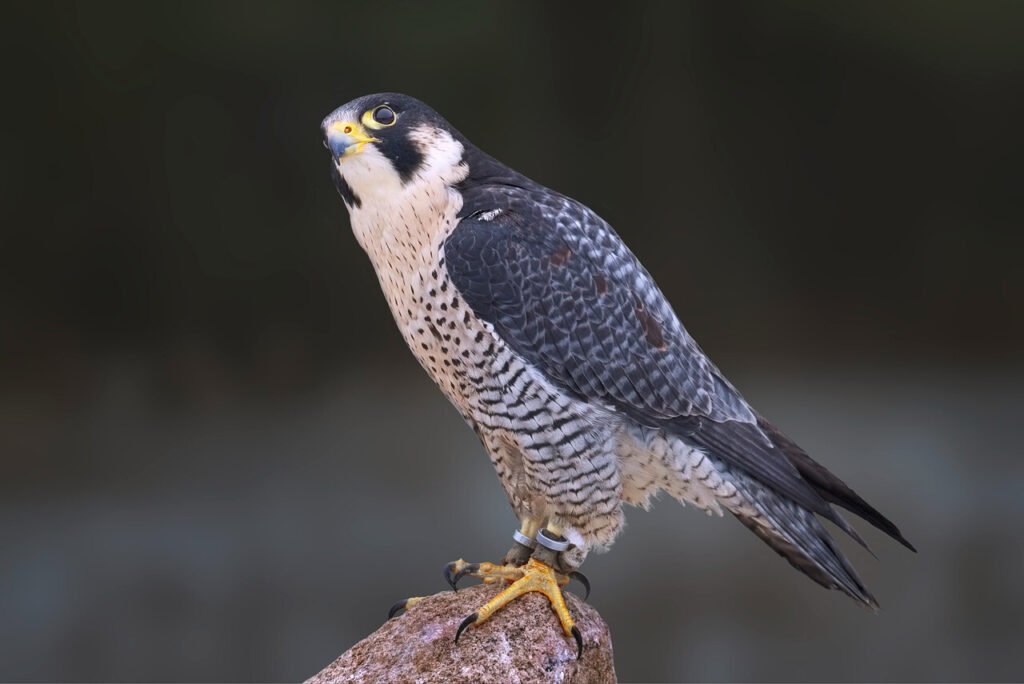
The Intersection of Nature and Engineering
The photograph of the peregrine falcon diving in a manner reminiscent of a B-2 bomber powerfully symbolizes the interconnectedness between nature’s evolutionary adaptations and human engineering. The Falcon and the bomber represent the pinnacle of aerodynamic efficiency in their respective worlds, optimized for speed, stealth, and precision. The falcon’s biological adaptations for hunting in the wild have evolved over millions of years, while the B-2 bomber is the result of decades of human innovation in military aviation.
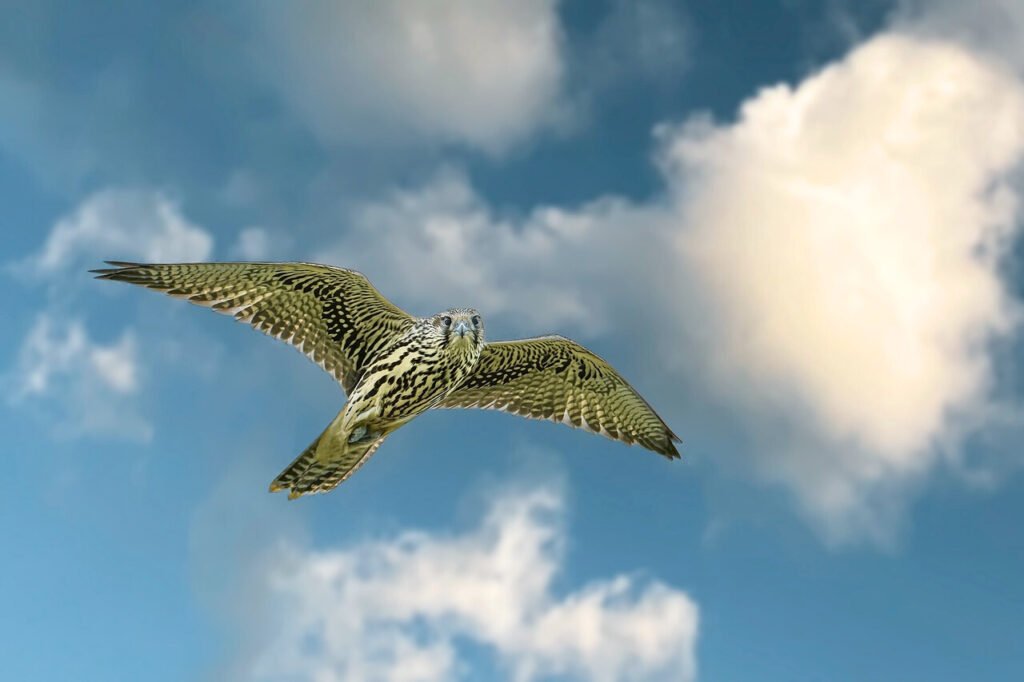
This striking visual comparison between birds and machines also highlights the role of nature as a source of inspiration for engineers and designers. The similarities between the Peregrine Falcon and the B-2 bomber underscore how much humans have learned regarding efficiency, aerodynamics, and stealth from the natural world.
A Testament to Nature’s Beauty and Human Ingenuity
Ultimately, Kaestner’s photograph offers more than just a beautiful image; it serves as a reminder of the intricate beauty of the natural world and how humans have drawn inspiration from it. The Peregrine Falcon, with its unparalleled speed and grace, mirrors the technological sophistication of the B-2 bomber, demonstrating that both nature and human ingenuity share the same pursuit of excellence in design.
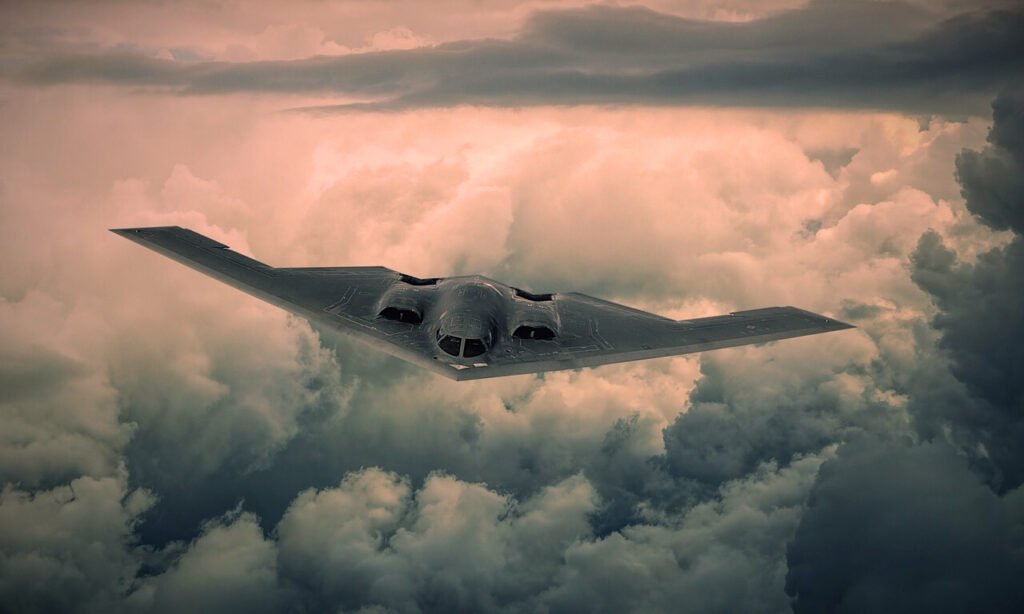
This image, captured at just the right moment, invites us to reflect on the extraordinary capabilities of the Peregrine Falcon and the B-2 bomber—two masterpieces, one born of nature and the other of human engineering.






